There are conventional visual novels, and then there are the kinds of visual novels that Type-Moon produces. Tsukihime is a game that has a fearsome reputation, being one of the very first works of the company (it came before Fate/Stay Night, which has become the Type-Moon behemoth), and was essentially one of those self-published adult visual novels that ended up drawing attention for being so much more than mere smut. It also never got an English release, which is why this title, Tsukihime: A Piece of Blue Glass Moon, is so noteworthy. It’s only part of the original game (a re-written and expanded version of two of the original game’s five routes), but it’s more than enough to confirm the reputation of that original doujin, released many years ago: This thing is beautiful (and don’t worry, the other three routes are being remade too, for a later release).
To get this out of the way up-front, the remake here does have the adult scenes removed. I have no idea whether they added anything to the narrative of the original Tsukihime, but Type-Moon’s creatives have been on record many times over for hating the self-imposed need to put those into their games (Fate/Stay Night had them too) to boost their commercial viability in the doujin space. I would hazard a guess that we don’t lose anything from having those scenes dropped.
What we get in their stead is a total reworking of the art style, and Tsukihime is utterly gorgeous. Colours are deep and vibrant. Character sprites are detailed and distinctive, and backgrounds offer a level of complexity that far exceeds most other visual novels. What’s more, where most VNs are fairly static – with characters stuck against a backdrop and text popping up one line after another – there’s constant movement in Tsukihime, with slow pans across backgrounds and character models, and constant shifts between what would be considered a “key art CG” highlight in most visual novels, but here the transitions are so smooth and seamless that it’s more akin to reading a beautifully presented manga.

Short of the fully-animated remake of Steins;Gate (Steins;Gate Elite) I cannot think of a visual novel that has had such a “prestige” level of presentation. Idea Factory and Otomate is no slouch when it comes to visual novels, but coming from the excellent Radiant Tale – Fanfare to this is like comparing a very competent platformer to one of Nintendo’s Mario titles, or a quality Soulslike to Elden Ring. This is just another level for the genre entirely.
And all that beauty is before you even get to the writing. Tsukihime is written with a poetic love of words. Every sentence, phrase, and term is selected with precision for the vivid imagery and powerful meaning it conveys, and it supports a compelling and often challenging narrative with a literary skill we rarely see in even the best-written games. I don’t want to give away spoilers, as I do believe that Tsukihime is best enjoyed as fresh as possible, but what I can say is that the best point of comparison that I can think of is gothic romance literature.
I don’t mean the likes of Dracula or Frankenstein, though Tsukihime does contain its fair share of intensely unnerving, supernatural and dark qualities. And, without giving away anything, there are times when the comparison to those monsters of gothic horror is very appropriate. At the very start of the story, the protagonist discovers that he and he alone has the ability to see “lines” in everything, and by simply tracing those lines he can utterly destroy them. There is a jump forward in time then, and he subsequently starts to wear special glasses that allow him to conceal the lines so he can live a normal life. But that ability continues to hang over everything that goes on in the novel, as we wait for the inevitable moment that the protagonist starts having to deal with this terrible ability again. Again, without spoilers, very little could prepare you for just where it goes with it, though, and just what manner of beings the protagonist starts running into.
But that’s just the surface side to the narrative, and it’s not what really distinguishes Tsukihime as a very gothic work. Rather, it’s a gothic more akin to a work like Wuthering Heights, which really leaned into the Romance (as in, the 18th-century literary style), in presenting a story of great passion and emotion, and a deep dive into what it is to be human, contrasted with extreme moral conflict, taboo, and temptation. As noted in this handy guide to the themes of the gothic: “Essential to the Gothic’s ability to obtain and sustain its audience’s attention is its involvement in defining and arguing the boundaries between morality and transgression, and conformity and subversion regarding cultural categories and individual identities. Fred Botting argues that ‘from the eighteenth century onwards, Gothic texts have been involved in constructing and contesting distinctions between civilization and barbarism, reason and desire, self and other’.”
All of the themes mentioned in that summary are present in Tsukihime, as the protagonist slowly comes to understand his ability (or curse), and learn about his background. The genre is also well-regarded for being critical of patriarchal gender ideals, and Tsukihime has more than its fair share of empowered women (or women who have been impacted on by a patriarchy that has been clearly depicted as a very bad thing) for that core theme to play out as well.
It goes on, and if you were to make a checklist of the structural qualities of gothic literature, this game hits them all. The gothic genre itself is largely a dead one, and is typically misunderstood to be one of archaic monster stories. However, there is a poetic beauty about the genre that elevates it to something distinct from the horror and monster fantasies of today, and the rare effort to appropriate that quality of the genre tends to make the work distinctive. Tsukihime is a better appropriation than most, and that’s entirely because the developers understood the beauty of the language. I don’t just mean within the visual novel genre, either. This is one of the rare visual novels that would be every bit as wonderful to read independently as an actual book. You could cut the text out, stick it on a Kindle, and have something that would turn the heads of the few people who find the time to read books these days.
It’s incredibly frustrating to review a game like Tsukihime, because there is just so much to dig into with its narrative and thematic depth. I want to pull this thing apart piece by piece and examine the characters, dynamics, and brilliant use of language, that the need to avoid spoilers means that I can’t really talk about it. All I can say is that there is so much depth and intensity to the narrative that it works as a piece of literature, and for this remake that’s backed with utterly gorgeous art and presentation that pushes to the very boundaries of the visual novel format. It is such a good thing that we finally have this masterpiece on our Switches, easily accessible and wonderfully translated.
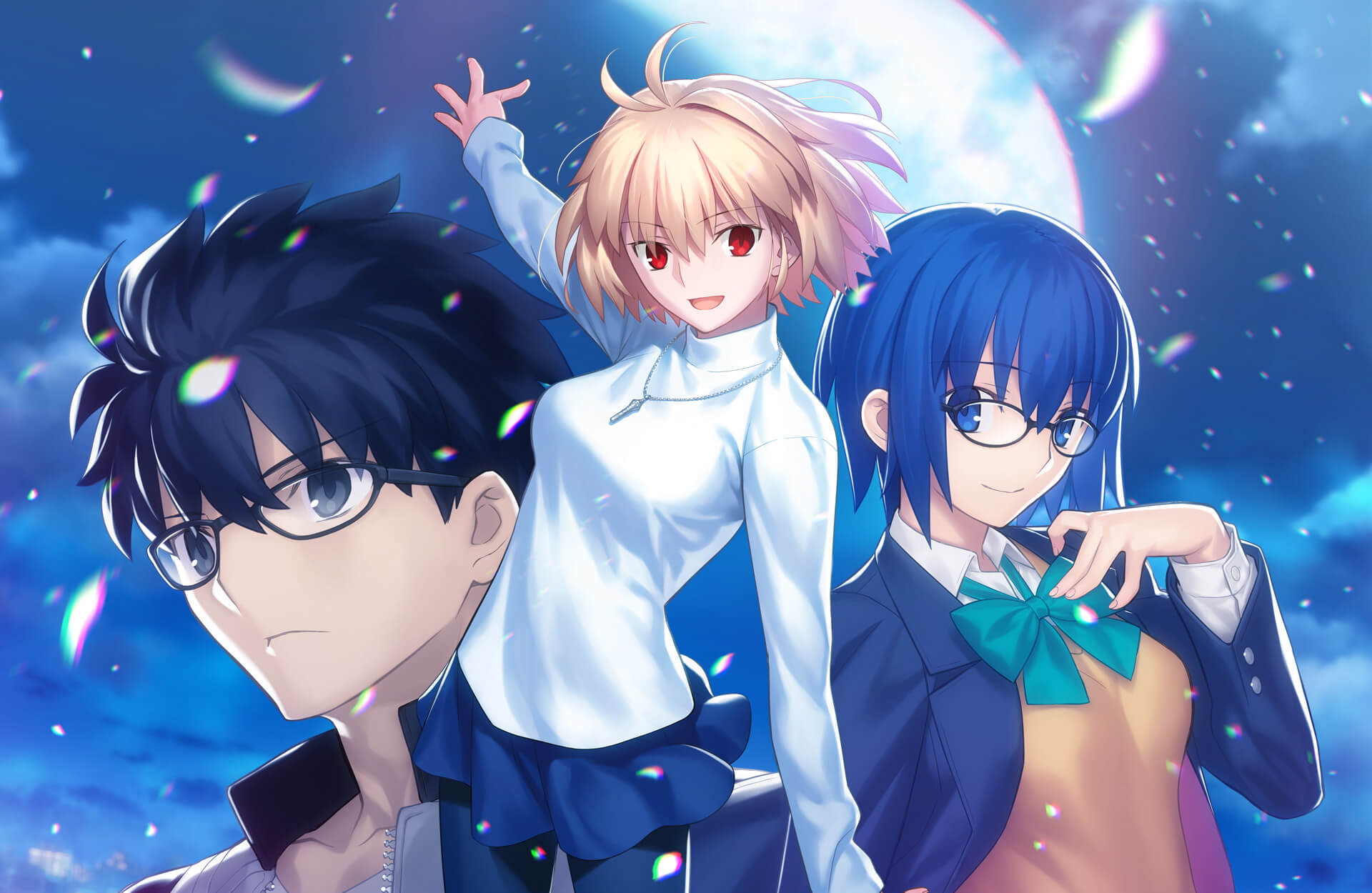




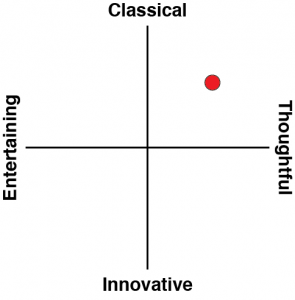
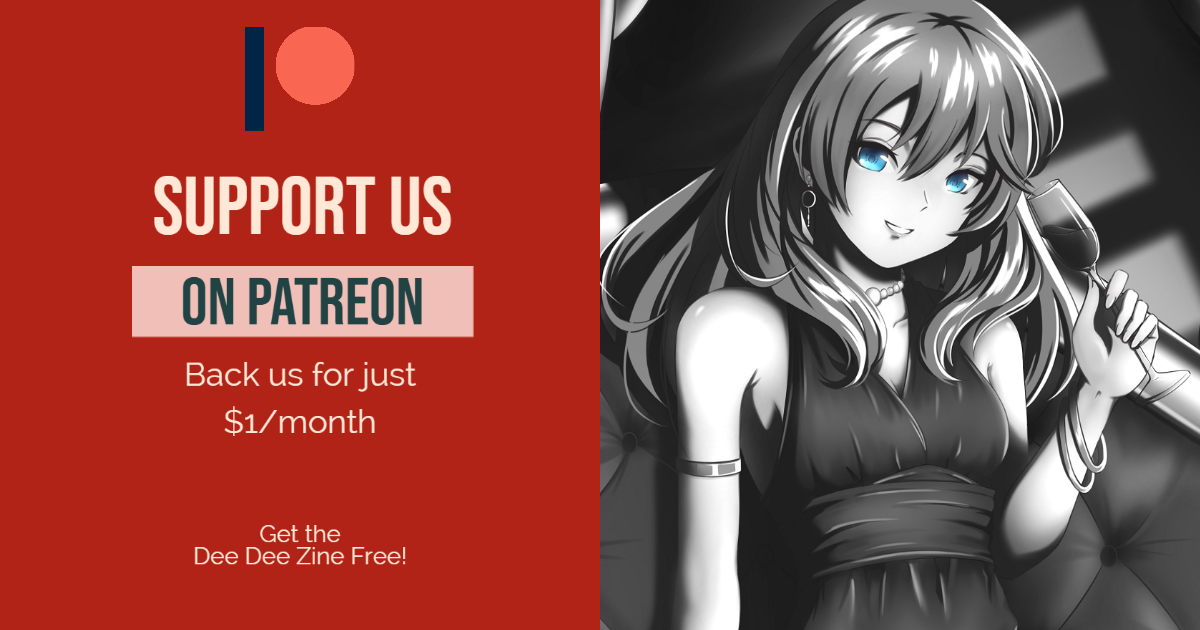
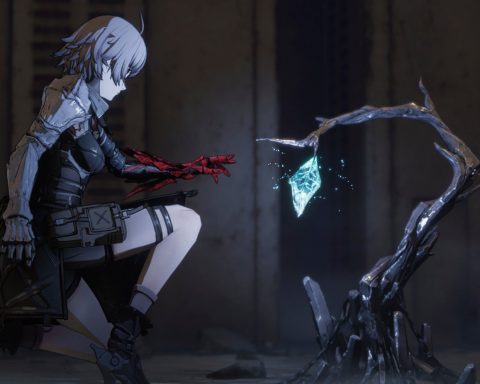
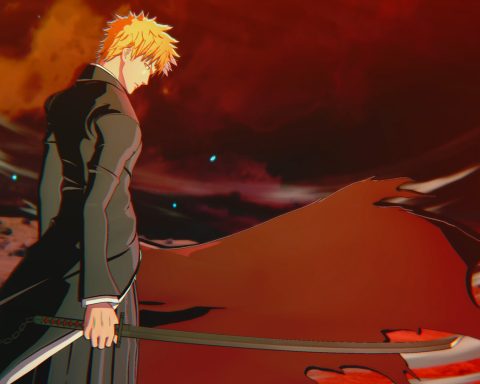
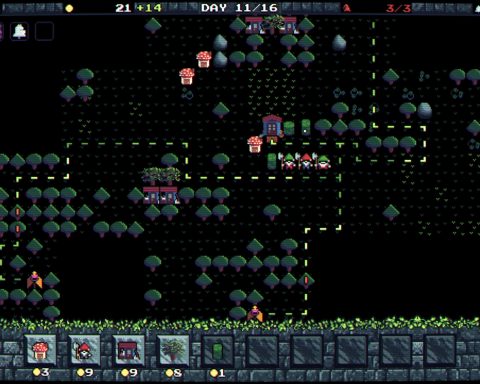
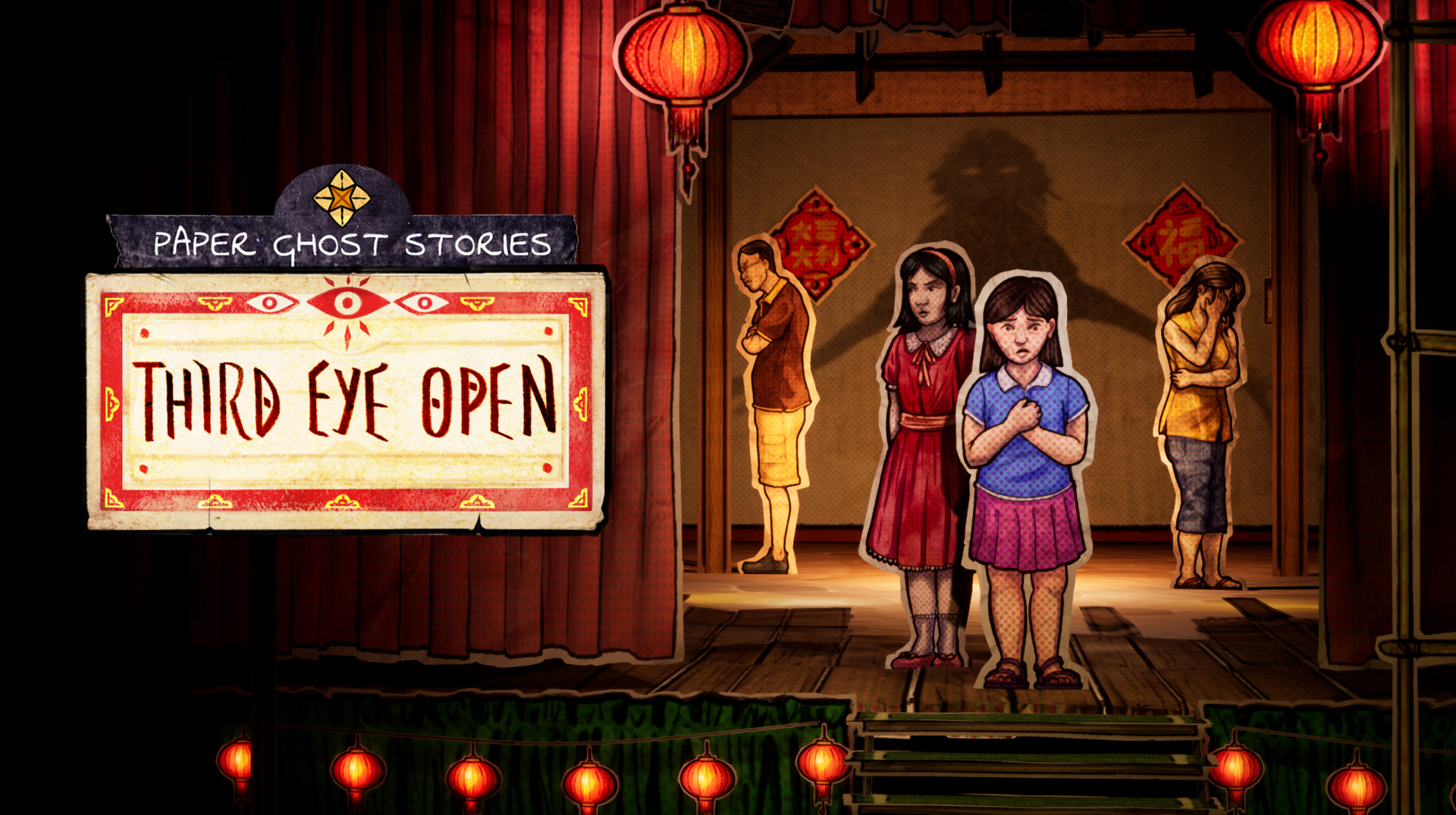






Any idea if and when this will come to pc?
No idea, sorry. The previous Type-Moon classic remake did get a Steam release (https://store.steampowered.com/app/2052410/WITCH_ON_THE_HOLY_NIGHT/), so I assume the Tsukihime will at some point.